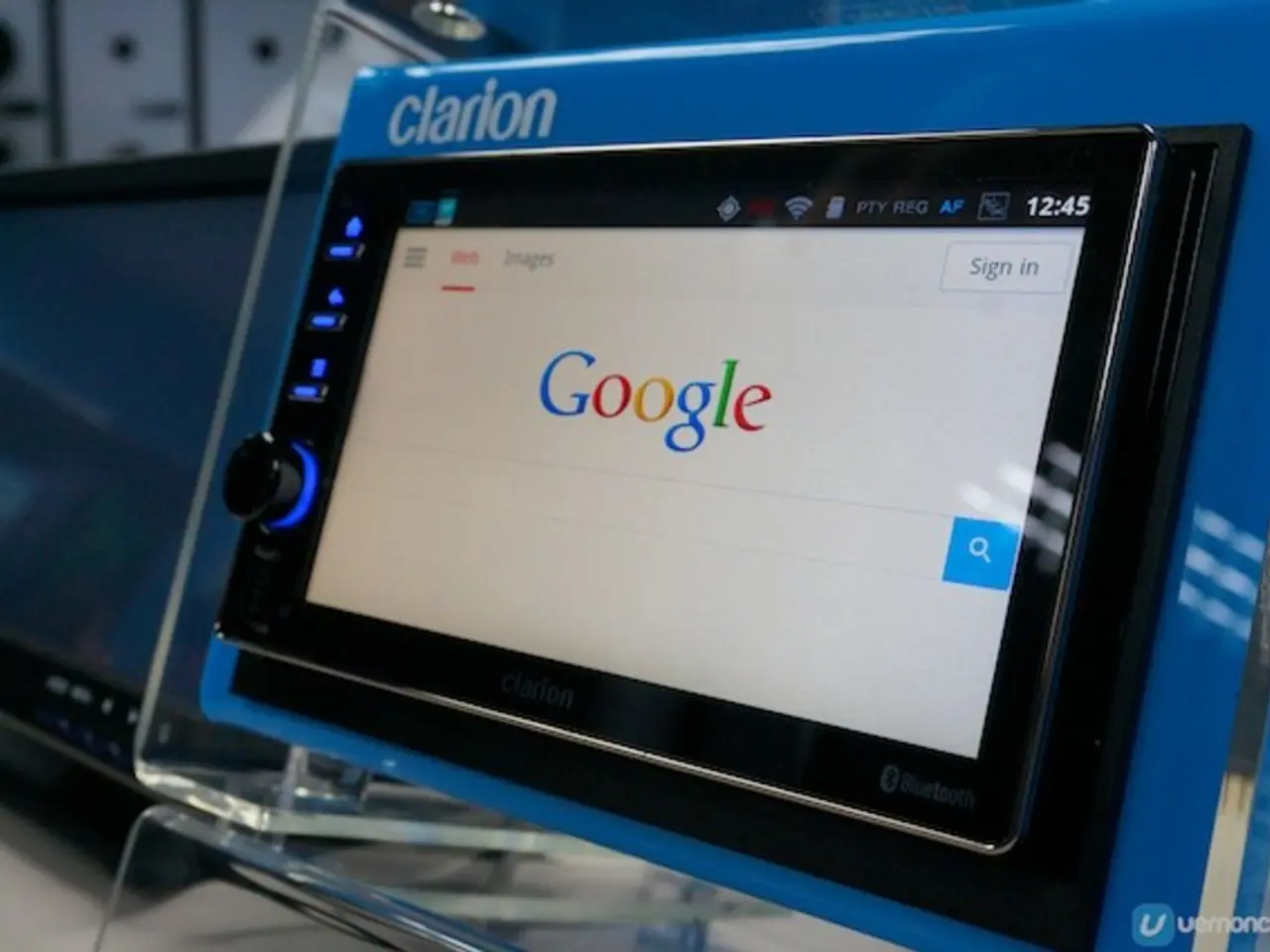Explore the World of Connected Hamster Homes: An Overview
Let's dive into the world of pet tech! Sounds crazy, right? Well, not anymore. Meet Harold, the hamster whose life just got a whole lot more connected. His owner, Nicole, decided to attach a tiny tracker to Harold's wheel, not for exercise purposes, but to show off his antics on Hamsterbook (dead link, but take a gander at the Wayback Machine!).
The hardware part of this project is none too complex. A magnetic door sensor, like those found in alarm systems, is employed to detect each rotation of the hamster's wheel. Once it picks up the signal, the sensor sends data to a Raspberry Pi via its GPIO pins. A small LCD screen is added for extra visual stimulation. The whole contraption is then housed within a sleek, custom enclosure, crafted using a laser cutter.
Although this pyrotechnics display next to Harold's cage is cute, it didn't fulfill the real purpose – analyzing his activity. For that, Nicole wrote a script to push data to a ThingSpeak channel via MQTT every minute. ThingSpeak automatically generates appealing graphs from the raw data, providing a better understanding of Harold's exercise pattern over time.
Now, if you're eager to become a pet IoT pioneer, it's high time to master MQTT. This technology will be pivotal in getting your furry friend onto the IoT bandwagon. And if Harold can hop on this tech tide, imagine what your pet could achieve!
Remember, learning MQTT is practically a prerequisite. Wanna make sure your pet's the next big thing in the IoT scene? Brush up on your MQTT skills sharpish!
Check out this YouTube video if you're intrigued!
To give you a head start, here's a rundown on MQTT for IoT pet projects:
- Pet Activity Tracker: Equip your pet tracker with a microcontroller, such as Arduino or ESP32, that can connect to the internet.
- Internet Connection: Make sure the microcontroller has a method for connecting to the internet, like Wi-Fi or cellular networks (for example, using a SIM7000G module).
- Choose an MQTT Broker: Opt for renowned open-source MQTT brokers like Eclipse Mosquitto and set it up either on a local server or use a cloud-based service.
- Install MQTT Library: Install the appropriate MQTT library for your microcontroller. The PubSubClient library works for Arduino.
- Connect to MQTT Broker: Modify your code to connect to the MQTT broker. You'll need the broker's URL and port number.
- Publish Data to MQTT: Use the MQTT library to publish data from the activity tracker to a specific topic on the MQTT broker.
- Configure ThingSpeak: Create a channel on ThingSpeak to receive and visualize the data, and subscribe to the MQTT topic where your data is published.
Got the gist? Time to infiltrate the IoT world with your own pet project, yeah? Here's a simple example of Arduino code utilizing MQTT:
```cpp
const char ssid = "yourSSID";const char password = "yourPASSWORD";const char mqttServer = "broker.hivemq.com";const int mqttPort = 1883;const char mqttTopic = "yourTopic";
WiFiClient espClient;PubSubClient client(espClient);
...
void loop() { ... client.publish(mqttTopic, messageBuffer); ...}
void reconnect() { ...}```
Ready to unleash your pet's digital prowess? Mind the security aspects and data compatibility, and voila! Your furry friend can join the IoT revolution!
The hardware for this pet activity tracker project includes a Raspberry Pi, which works in tandem with a magnetic door sensor to detect the hamster's wheel rotation and send data via the GPIO pins. As technology advances, MQTT is increasingly becoming a prerequisite for IoT pet projects, enabling pets like Harold to contribute to the IoT scene and achieve amazing feats.








